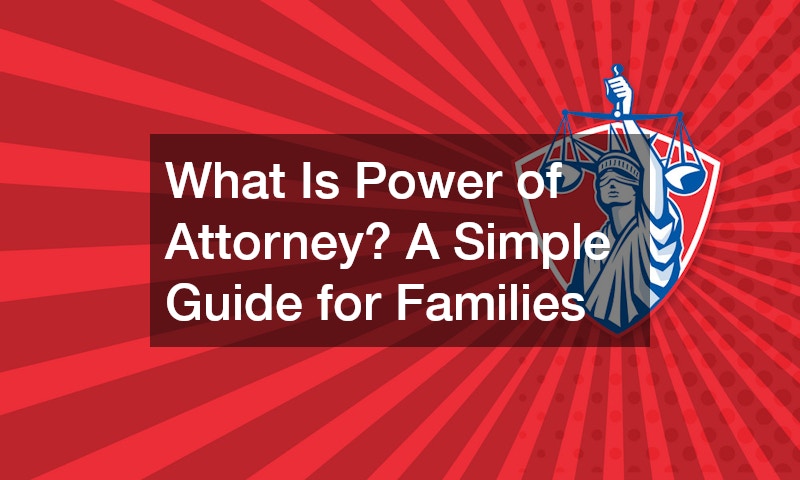There’s a reason why the phrase, “Customer is King”, remains a classic mantra in the business world. Without anyone buying what you’re offering, companies wouldn’t exist or grow into beloved brands like the technology giant Apple or the retail superpower Walmart. Getting people to patronize your products and services, whether it’s the installation of sturdy garage doors or cute and functional desk ornaments, ; is the number one goal when you’re starting a business.
How do you do that? It all lies in an effective marketing strategy that broadcasts the company’s unique value proposition to the chosen target audience. In the words of a New York Times article, marketing is the art of communicating stories “so enthralling that people lose track of their wallets”. They become invested in the narrative that businesses create, which will move them to buy your product instead of the competitors. This is the reason why big brands, for example, Nike, don’t just list the features of their sportswear, they sell the story that you can also be an athlete who can do anything with the proper gear and equipment.
Sadly, not every business, can afford to spend millions of dollars in marketing. They must be more prudent in choosing the best type of marketing strategy that will work for their situation. Thanks to the modern world and the wonders of the internet, effective marketing doesn’t have to cost that much. Smaller businesses can increase brand awareness and build a community of fans with the use of the following digital marketing approaches:
1. Social Media Marketing
Almost everyone has a social media account, no matter their age or geographic location. According to Statista, the leading provider of market and consumer data, around 3.6 billion people worldwide use social media in 2020. This number will increase to over 4.4 billion in five years. Aside from its wide reach, starting your social media marketing strategy is as easy as posting a description and photo of your product. This doesn’t cost anything at all, unless you opt for more targeted advertisements offered by popular channels.
2. Search Engine Optimization (SEO)
 Inbound marketing has become popular due to its emphasis on creating a positive and valuable experience for potential customers. It’s a subtler way of promoting your products while establishing the business as the go-to expert in a specific industry. This is why SEO is a vital part of inbound marketing. Businesses would want their websites and blog articles to be on the first page of search engine sites like Google, whenever your target audience searches for your attributed keyword. SEO best practices include writing unique titles and content, optimizing the website’s loading speed, and using internal linking.
Inbound marketing has become popular due to its emphasis on creating a positive and valuable experience for potential customers. It’s a subtler way of promoting your products while establishing the business as the go-to expert in a specific industry. This is why SEO is a vital part of inbound marketing. Businesses would want their websites and blog articles to be on the first page of search engine sites like Google, whenever your target audience searches for your attributed keyword. SEO best practices include writing unique titles and content, optimizing the website’s loading speed, and using internal linking.
3. Email Marketing
Contrary to popular belief, email marketing is an effective strategy in deepening engagement with both potential and existing customers. This is because most people—around 85% of US adults—are still using email, especially in professional settings, to communicate and share resources. It’s also easy to gather email addresses, usually by giving out free e-books and discounts, compared to convincing people to give out other personal information. The key to email marketing is making sure not to overwhelm those who signed up with a constant barrage of information and advertisements.
Marketing is a foundation for every business, as it helps communicate the brand’s story to a variety of people. Approaches like social media marketing, SEO, and email marketing can prove effective marketing strategies that businesses should include in their toolbox.

